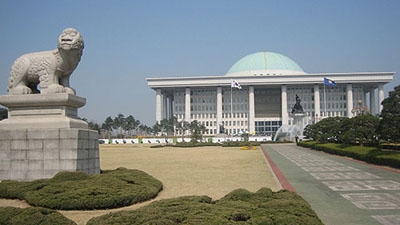Korea embarked on a comprehensive performance budgeting (PB) reform program in the mid-2000s after unsuccessful attempts to introduce PB in the late 1990s and early 2000s. Korea’s experience can offer several lessons for other countries.
First, Korea provides a benchmark case of PB reform and is considered a model country with an effective public financial management (PFM) system. The country is known for its sound fiscal condition, with records of complete recovery from two recent financial crises. In particular, Korea’s reformed PB system is known for its effective integration into the regular budget process. The country’s experience has drawn the attention of many emerging and developing economies because they share similar traits: experiences with economic development planning, frequent and regular rotation of civil servants, a recent transition to a democratic society, and a lack of capacity among civil servants.
